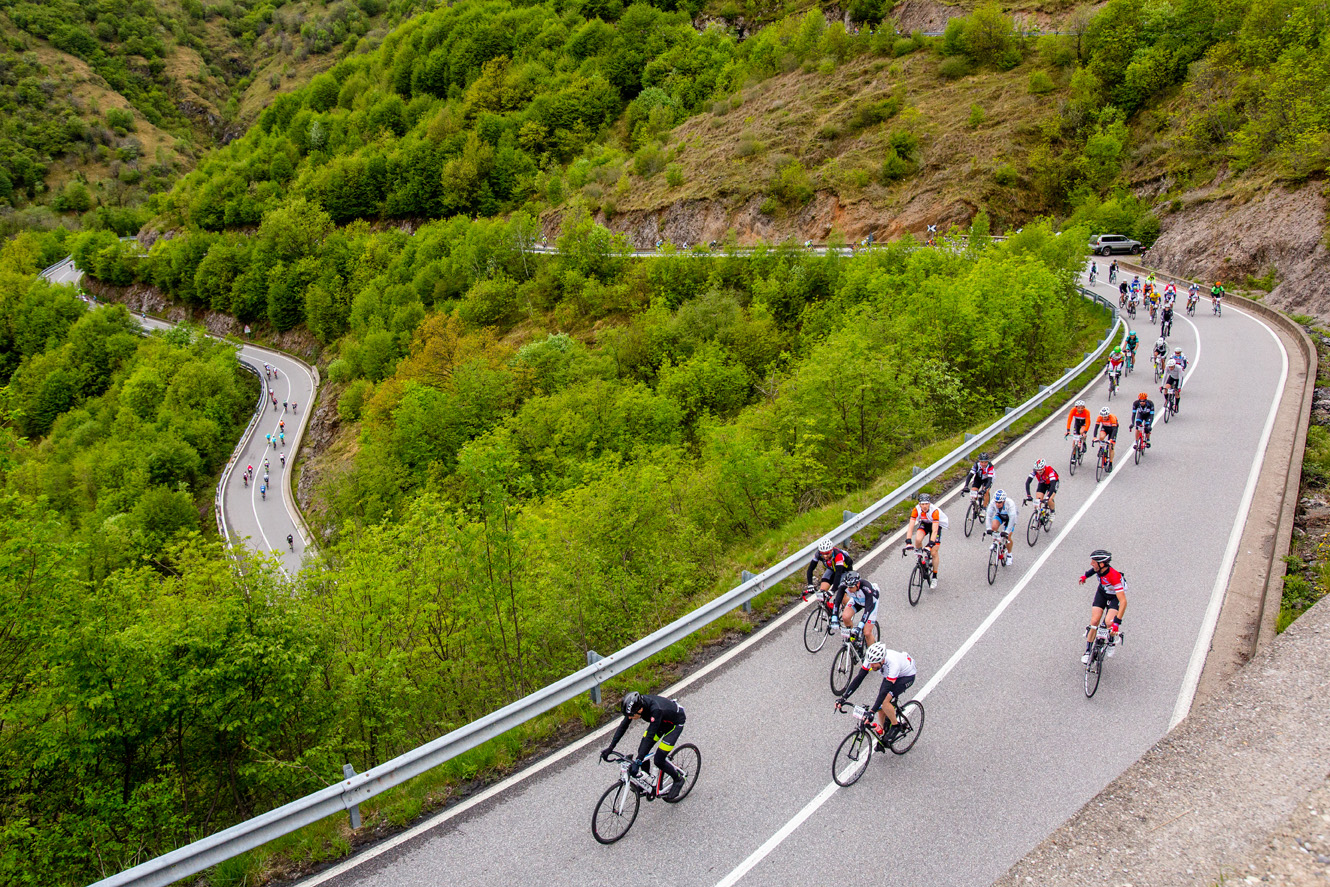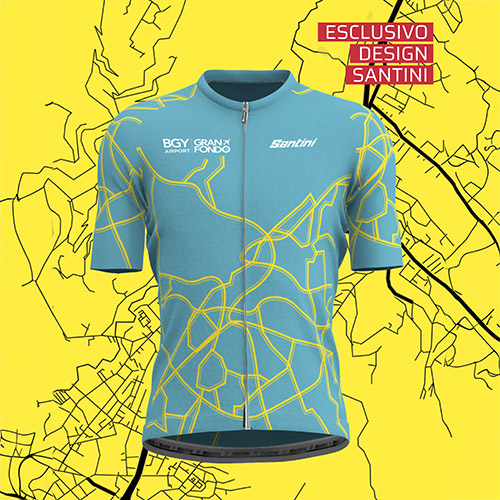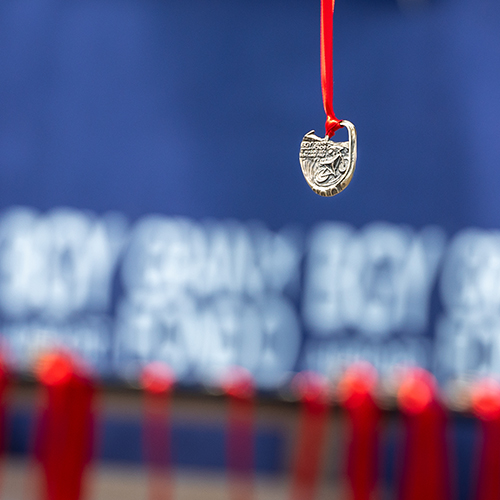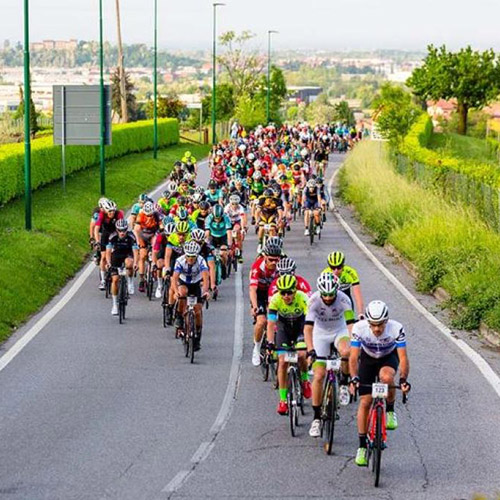Colle dei pasta
A hill, nothing more, “relative” of one of the easier côtes of Liegi-Bastogne-Liegi. In addition, it is cycled on the gentlest slope. The ideal approach, in view of more compelling climbs. A 39×16/15 gear can also be tried. Altitude difference of 143 metres, 3.4 km long, average gradient of 4.2 % and maximum gradient of 12%.
Colle Gallo
The first part right after Gaverina Terme is the most demanding, with a couple of hairpin turns nearing a 9% gradient. Then, there are no possibilities to recover energy until the top, even if the gradient goes decreasing slightly. 39×21/23 gear. Altitude difference of 426 m, 7.5 km long, average gradient of 5.7%, maximum gradient of 8.4 %.
Selvino
Very steady climb, without sharp increases but also without a single metre of false-flat terrain. The key is to find the correct pace and gear quickly. Then it is possible to ride easily to the top, because this uphill does not require any major change of rhythm. It is fundamental not to force it: you may eventually pay the effort on the distance. 39×19/20 gear should be sufficient. Great landscapes and 19 hairpin turns! Altitude difference of 621 m, 12.2 km long, average gradient of 5.1 %, maximum gradient of 10.0 %.
Costa di Olda (Val Taleggio) – Forcella di Bura
3rd category climb, quite accessible, to be handled at top speed to set up the final two uphills. It is possible to use long gears because the gradient rarely goes beyond 5%. Be careful not to be misled because after Olda, after a few kilometres downhill, the uphill starts again for 8 more km until Valico di Val Taleggio, also known as Forcella di Bura. Gradients are reasonable but there is a 6/7% gradient section arriving at Costa Olda. It is possible to use a 39×16 gear until Olda. Total altitude difference of 613 m, total length of 20.4 km, average gradient of 4.5 %, maximum gradient of 7 %.
Forcella di Berbenno
Two short slopes but with fairly steep gradients, interrupted by the gently-sloping tract of Laxolo. While the first two kilometres are characterised by a gradient of 6.1%, but with 8% peaks, the last two slopes are steeper (average of 7% and some 9% sections). Before cycling downhill to the inhabited centre, through which Valle Imagna is reached, the climb ends at 708 metres in Forcella. Suggested gear 39×18/17. Altitude difference of 257 metres, 6.4 km long, average gradient of 4.0% and maximum gradient of 12.0%.
Costa Valle Imagna
Situated at the end of the course, when energy is running out, this could be a hard difficulty, even if there are no impossible gradients. The most demanding sections are before Valsecca and in the last 3 km, but the peak remains under 10%. After 130 km it could be necessary to shift into smaller gears, opting for the 39×24 one. Altitude difference of 599 m, 9,0 km long, average gradient of 6.7%, maximum gradient of 12.0%.







